Main Body Warranty
Auxiliary Warranty
Equipment Type
Brewery Control System Components
Chiller Unit
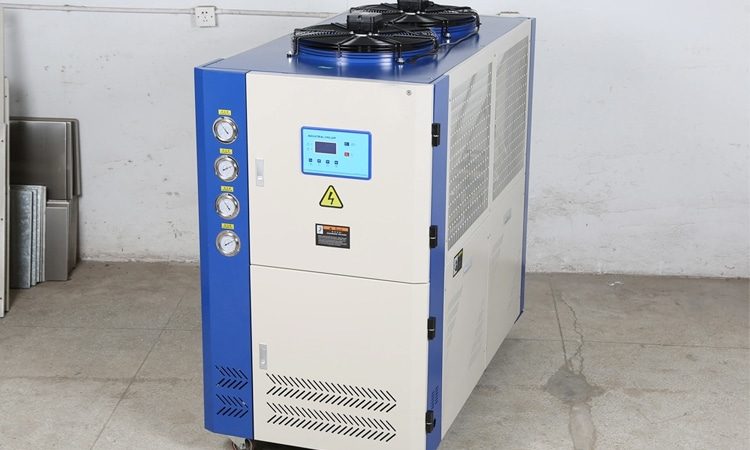
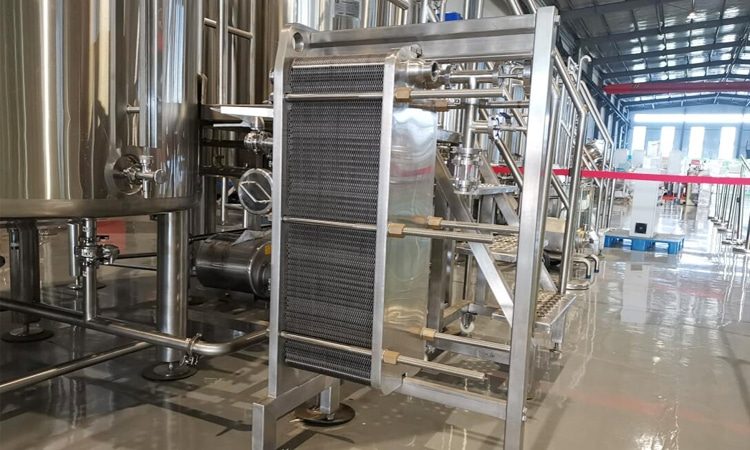
Heat Exchanger
Piping And Valves
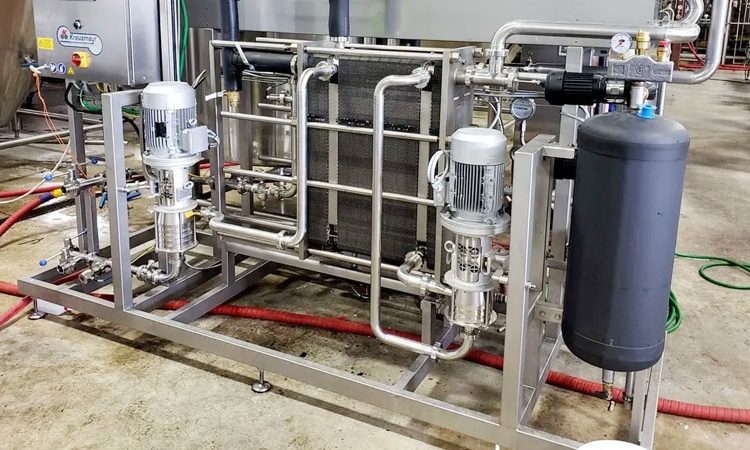
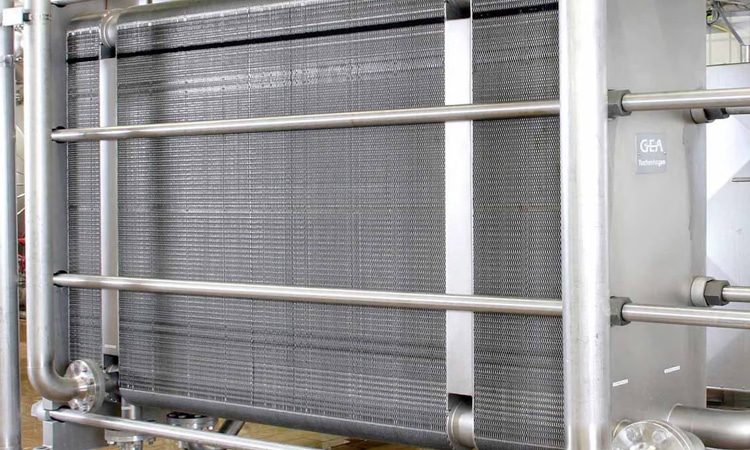
Insulation And Enclosures
Advantages of Brewery Cooling System

Precise Temperature Control
Our brewery cooling systems enable brewers to maintain precise temperature control throughout the brewing process. From cooling wort to fermenting beer, precise temperature control can achieve the desired flavor profile and consistency in every batch.

Enhanced Flavor Preservation
By rapidly cooling the wort after boiling, our brewery cooling systems help preserve the delicate flavors and aromas of the beer. This ensures that brewers can deliver a high-quality product that delights the senses and leaves a lasting impression on consumers.

Increased Efficiency
Our custom-designed cooling systems are engineered for maximum efficiency, helping brewers optimize their brewing process and reduce energy consumption. By reducing heat loss and increasing cooling capacity, breweries can produce more beer with fewer resources, ultimately increasing profits.

Improved Fermentation Conditions
Maintaining consistent fermentation temperatures helps ensure healthy yeast activity and achieve desired fermentation results. Our brewery cooling systems provide brewers with the tools they need to regulate fermentation temperatures with precision, resulting in better beer quality and fewer off-flavors.

Tailored Solutions
We understand that every brewery has unique requirements and challenges. Whether you're a small-scale craft brewery or a large production facility, our team of experts will work closely with you to design a cooling solution that meets your exact specifications.

Reliability And Durability
Our brewery cooling systems are built to last, with high-quality components and robust construction that withstand the rigors of the brewing environment. With proper maintenance and care, our systems provide brewers with years of reliable performance, ensuring peace of mind and confidence in their equipment.
Why Choose ZYB Craft
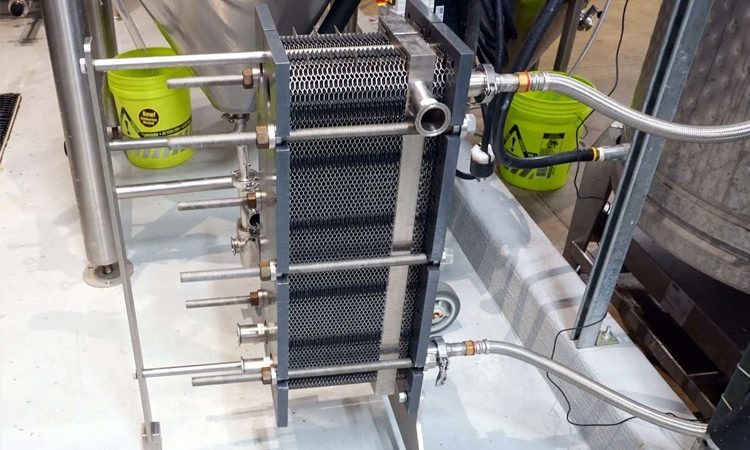
Customization Expertise
Innovative Technology
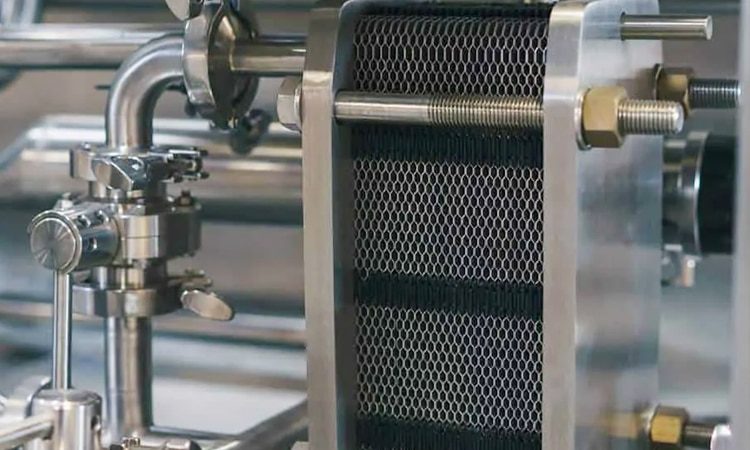
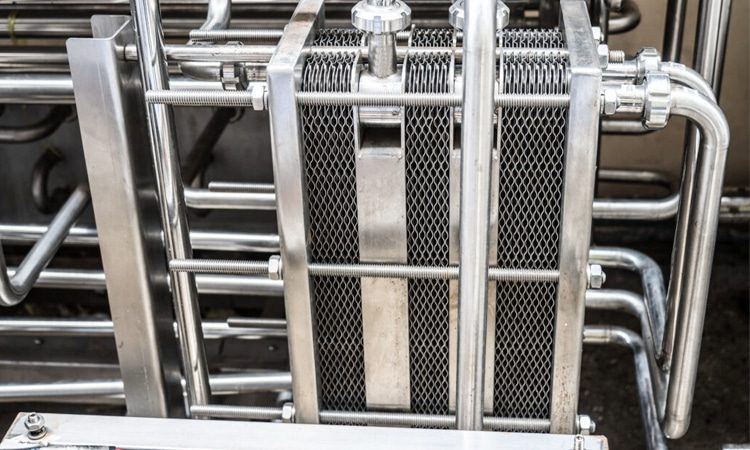
Quality And Durability
Excellent Customer Service
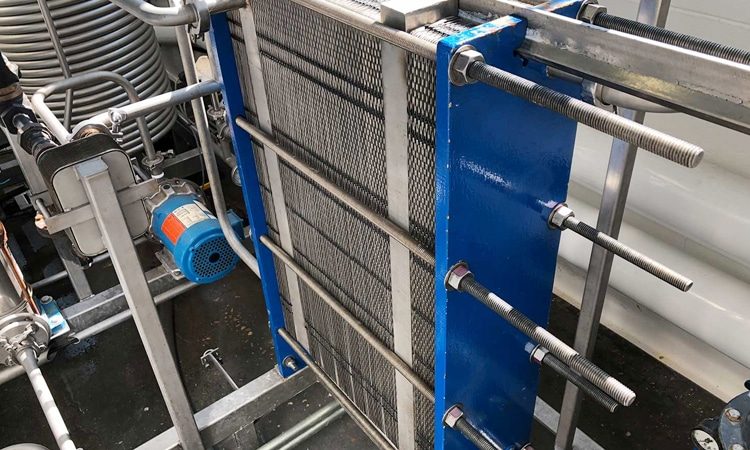
Get Brewery Cooling System Solutions
Frequently Asked Questions
What Refrigerants Are Used In Brewery Cooling Systems?
In brewery cooling systems, food-grade glycol solutions are often used as refrigerants. Ethylene glycol, especially propylene glycol or ethylene glycol, is used as the heat transfer medium in closed-loop systems. It mixes with water to form a solution that absorbs and dissipates heat efficiently.
The following are the two main types of glycols used in brewery cooling systems:
- Propylene Glycol: Propylene Glycol is the most widely used glycol in brewery cooling systems. It is a non-toxic, colorless, odorless liquid with excellent heat transfer properties. Propylene glycol is considered food-grade and approved for use in food and beverage applications. It has low levels of toxicity and is safe for contact with beer and other consumer products.
- Ethylene Glycol: Although less commonly used in brewery cooling systems, Ethylene Glycol is another glycol option. It has similar heat transfer properties to propylene glycol but is more toxic. Due to its high level of toxicity, direct contact with beer or other consumables is generally not recommended. Ethylene glycol is often used in industrial applications where food safety regulations are not a concern.
It should be noted that ethylene glycol solution is not directly used as a refrigerant in the traditional sense. Instead, it acts as a heat transfer medium in a closed-loop system. Ethylene glycol circulates through the cooling system, which absorbs heat from the brewing equipment and process and transfers it to the cooling unit for cooling. This allows for precise temperature control of the various stages and equipment of the brewery, including fermentation vessels, draft beer tanks, and heat exchangers.
What Is A Brewery Cooling System?
Brewery cooling systems are specialized systems used by breweries to control and maintain the temperature at all stages of the brewing process. It is intended to cool the boiled wort (unfermented beer), as well as to control the fermentation temperature during yeast fermentation.
A cooling system typically consists of several components, including:
- Chiller: The heart of the system, the chiller is responsible for cooling the liquid (usually water or glycol) which is then circulated throughout the brewery. It extracts heat from wort or other process fluids.
- Heat Exchanger: This unit allows efficient heat transfer between the wort and the cooling medium (water or glycol). The hot wort flows through one side of the heat exchanger, while the cold cooling medium flows through the other side, exchanging heat without direct contact.
- Glycol System: In larger breweries or breweries with complex cooling requirements, a separate glycol system may be employed. Ethylene glycol is a refrigerant liquid with a lower freezing point than water, allowing for lower temperature control. It circulates in a closed loop, cooling different containers and tanks, including fermenters, draft beer tanks, and serving tanks.
- Fermentation Vessel Cooling Jackets: Many fermentation vessels, such as fermenters and sake tanks, are equipped with cooling jackets. These jackets are channels or plates through which the cold glycol circulates, helping to maintain a specific temperature range during fermentation and conditioning.
- Pumps And Valves: These components help circulate the cooling medium throughout the system, ensuring efficient cooling and temperature control. They regulate the flow and direct the cooling medium to the appropriate area.
- Control System: A brewery cooling system usually incorporates a control panel or system that allows the brewery to set and monitor the desired temperature at each stage of the brewing process. It may include temperature sensors, thermostats, and programmable logic controllers (PLCs) for automatic temperature regulation.
Proper cooling is critical to beer production as it helps control yeast activity, prevent unwanted microbial growth, and maintain desired flavor and aroma. The specific design and capacity of a brewery cooling system depends on the size of the brewery, its production volume, and the type of beer being brewed.
How Do Breweries Cool Wort?
Breweries use various methods to cool the wort, depending on the size of the brewery, the equipment available, and the brewing process. The main goal is to quickly cool the hot wort to the desired fermentation temperature, usually between 18-25°C (64-77°F). Here are some common methods used to cool wort:
- Immersion Cooler: An immersion cooler is a coil of copper or stainless steel tubing that is placed directly into the boiling wort. Cold water flows through the coils and heat is transferred from the wort to the water, cooling the wort rapidly. The hot water produced during this process can be collected and used for cleaning or other purposes.
- Plate Heat Exchanger: A plate heat exchanger consists of a series of thin metal plates with alternating channels. Hot wort flows through one set of channels, while cold water or glycol solution flows through adjacent channels. Heat is transferred between the two fluids through the plates, cooling the wort rapidly. Plate heat exchangers are highly efficient and are commonly used in commercial breweries.
- Counterflow Chiller: A counterflow chiller consists of two tubes, one inside the other. Hot wort flows through the inner tube while cold water or glycol flows in the opposite direction through the outer tube. Heat is transferred from the wort to the surrounding water/glycol which cools the wort as it passes through the cooler. Counterflow chillers provide rapid cooling and are typically used in larger breweries.
- Heat Exchange Systems: Some breweries use heat exchange systems that use a combination of cooling methods, such as a combination of plate heat exchangers and immersion coolers. These systems can provide precise temperature control and are suitable for large-scale operations.
It’s worth noting that breweries may use a combination of these methods, or employ specialized cooling systems based on their specific requirements. Regardless of the method used, the cooling process should occur quickly to minimize the risk of bacterial contamination and preserve the desired character of the beer.
What Is A Glycol Cooling System Used In A Brewery?
A glycol cooling system, also known as a glycol cooling system, is a refrigeration system used in breweries to control and maintain the temperature of various brewing processes. It utilizes a food-grade glycol solution as a heat transfer medium to regulate the temperature of the fermentation vessel, wort, and other equipment involved in the brewing process.
The following is a typical working principle of a glycol cooling system in a brewery:
- Glycol Cooler: The heart of the glycol cooling system is the glycol cooler. It is a refrigeration unit that cools and circulates a food-grade glycol solution through a closed-loop system. A glycol chiller contains a compressor, condenser, expansion valve, and evaporator, similar to other refrigeration systems.
- Glycol Circulation: Once the glycol solution has cooled, it is circulated through a closed-loop system using pumps and an insulated piping network. Ethylene glycol is directed to various points in the brewery that require cooling, such as fermentation vessels, beer tanks, heat exchangers, and cooling jackets.
- Fermentation Cooling: During fermentation, a glycol cooling system is used to maintain precise temperature control within the fermentation vessel. The cooling jacket or coil in the vessel is connected to the glycol circulation loop. Chilled glycol is pumped through these jackets, extracting heat from the fermentation vessel and maintaining the temperature range required for yeast activity and flavor development.
- Wort Cooling: After the boil phase, the hot wort needs to be cooled quickly to the required fermentation temperature. Glycol cooling systems provide chilled glycol to a plate heat exchanger or other heat exchange device that rapidly cools the wort by transferring heat from the hot wort to the cold glycol.
- Tank Cooling: Glycol cooling systems can also be used to cool other equipment such as sake tanks, conditioning tanks, or cold liquid tanks. These tanks may have cooling jackets or coils connected to the glycol circulation loop. By circulating refrigerated glycol through these jackets, the system helps maintain the temperature required for storage, carbonation, or other processes.
- Temperature Control: Glycol cooling systems employ temperature control mechanisms such as temperature sensors, thermostats, or programmable logic controllers (PLCs). These devices monitor the temperature at various points in the brewery and adjust the operation of glycol coolers and valves to maintain precise temperature control.
Glycol cooling systems play a vital role in ensuring temperature control and consistency, which is critical to producing high-quality beer. It provides an efficient means of cooling the wort, maintaining fermentation temperature, and controlling other key brewing processes, ultimately contributing to the flavor, clarity, and stability of the final product.
Is Glycol Better Than Water For Cooling?
Glycol and water have different properties and applications when it comes to cooling. The choice of glycol and water as the cooling medium depends on a variety of factors, including the specific requirements and desired results of the cooling system. Here are some considerations:
- Freeze Protection: Ethylene glycol has a lower freezing point than water. This property makes ethylene glycol advantageous in situations where the cooling system may be exposed to low temperatures or freezing conditions. By using ethylene glycol, the risk of freezing and subsequent damage to the cooling system is minimized.
- Heat Transfer Efficiency: Water has a higher specific heat capacity than glycol, which means it can absorb and carry more heat per unit volume. In terms of heat transfer efficiency, water is generally more effective at removing heat from cooling systems. However, ethylene glycol can still provide adequate heat transfer capacity, especially when used in higher concentrations or with proper design in mind.
- Corrosion Protection: Ethylene glycol acts as a corrosion inhibitor, helping to protect cooling systems from rust and corrosion. On the other hand, water can corrode some metals over time. Therefore, if the cooling system involves contact with metal parts, especially stainless steel, glycol may provide better corrosion protection.
- Safety Considerations: In terms of safety, water is generally considered non-toxic and safe for human consumption. Ethylene glycol, especially food-grade propylene glycol, is also safe for use in food and beverage applications. However, certain precautions need to be taken when handling and disposing of ethylene glycol, as higher concentrations may be harmful if ingested or in direct contact with the skin or eyes.
- Cost: Water is generally less expensive than glycol. Therefore, if the cooling system does not require antifreeze or corrosion protection, it is more cost-effective to use water as the cooling medium.
In summary, glycol is generally preferred over water in cooling systems when freeze protection is required or when the cooling system operates in low-temperature environments. The corrosion-inhibiting properties of ethylene glycol and its ability to remain liquid at lower temperatures make it a suitable choice. However, water provides higher heat transfer efficiency and is generally considered safe and cost-effective for cooling applications if frost protection is not a concern. The specific requirements and intended application of the cooling system will ultimately determine whether glycol or water is the better cooling choice.
How To Size A Brewery Cooling System?
Sizing a brewery’s cooling system involves determining the proper capacity and size of cooling equipment to meet the specific requirements of the brewery. Here are some steps to help you size your brewery cooling system:
- Assess Cooling Requirements: Start by understanding your brewery’s cooling needs. Consider the maximum cooling load required during peak production periods and the specific process requiring cooling, such as fermentation vessels, wort cooling, sake tanks, or other equipment. Calculate the total heat load that the cooling system needs to remove.
- Determine Temperature Requirements: Determine the temperature range required for each cooling application. Different stages of brewing may require different temperature controls, such as fermentation temperature, wort cooling temperature, or cellar temperature. This information will assist in the selection of equipment capable of achieving and maintaining the desired temperature.
- Consider Environmental Conditions: Consider the environmental conditions of the brewery space. Ambient temperature, humidity levels, and other environmental factors can affect cooling requirements. For example, if the brewery is located in a hot climate, the cooling system may have to work harder to maintain the desired temperature.
- Select Cooling Equipment: Select the appropriate cooling equipment according to cooling requirements and environmental conditions. This may include glycol coolers, cooling jackets for fermentation vessels, heat exchangers for wort cooling, and other components. Consider factors such as cooling capacity, energy efficiency, temperature control capabilities, and maintenance requirements.
- Calculating Glycol Volume And Flow: Determine the glycol volume and flow required for your cooling system. The amount of glycol required depends on the size of the brewery, the number of cooling applications, and the distance the glycol needs to be transported. The flow rate should be sufficient to provide the necessary cooling capacity for each process.
- Consider Redundancy And Future Expansion: It is important to consider redundancy and plan for future expansion. If a single chiller cannot handle the full cooling load, you may need to install multiple chillers or oversized units as backups. Also, if there are plans for future growth or increased capacity, make sure the cooling system can accommodate the expected increase in heat load.
- Ask An Expert: Sizing a brewery’s cooling system can be a complex task. Consultation with a professional specializing in brewery cooling systems such as a mechanical engineer, HVAC specialist, or a supplier experienced in the brewery industry is recommended. They can provide guidance, perform detailed calculations, and help you choose the right cooling system for your specific needs.
Sizing a brewery’s cooling system requires careful consideration of cooling requirements, equipment specifications, and environmental factors. Taking the time to properly evaluate and size your system will help ensure efficient and effective cooling for brewery operations.